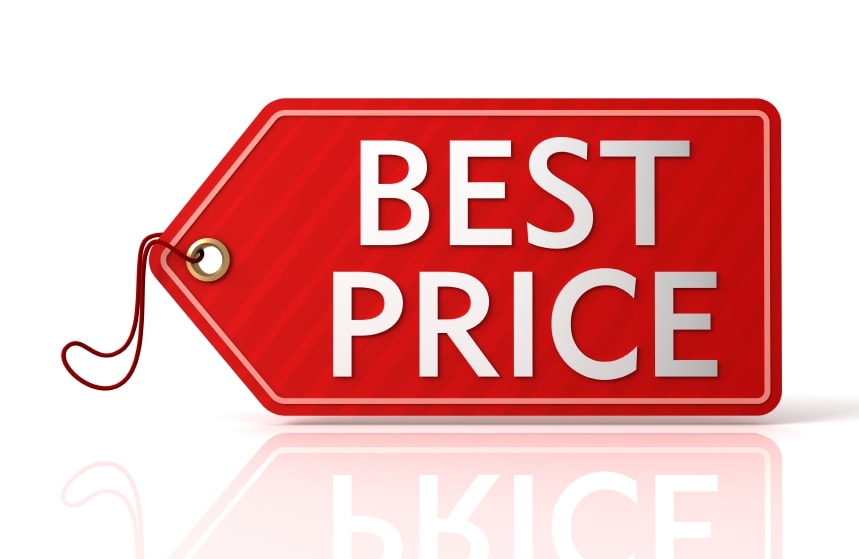Pricing decisions are crucial to the success of any business with tech-based businesses being no exception. Often when you are starting out- or even when you are an established business for that matter- it is often difficult to determine what price you are going to charge your customers for access and use of your products.
Unfortunately, most of the guides found online are either feel-good articles written for the express purpose of “making sure you don’t undervalue your labour” or a bunch of developed world and Western-centric creations which offer little value to the Zimbabwe or African startup.
In this series, we will look at how you can set a price that is right for you, your business and your customers.
Basic definitions
To make sure we are all the same page we will look at a few definitions:
Product- Is a good. A computer for example or a service for example software as a service (SaaS) or web-hosting.
Price – The amount of money paid in exchange for a product.
Profit margin – The difference between the selling price and the cost of providing a product to the customer. For example, if you are providing web-hosting platform the margin would be the difference between the price you are charging the customer and the labour costs, dedicated server costs and administration costs on the other hand.
Market share – This is the proportion of the market that is controlled by a given product or company. For example, the Mobile Network market may be made of 7 million subscribers. If Company A has 5 million subscribers it means its market share is 70%.
Risk- the possibility of financial loss.
Constraint- a limitation or restriction
What are your objectives?
Before you set the price for your products you need to clarify the objectives that you intend to achieve. Some common objectives for a tech startup business would include:
- Profit maximisation- unless you are running a charity or a parastatal business profit remains one of the most important objectives in business. The assumption is that a rational human being would want to make sure that they attain the highest possible profit. While you, like most business owners, would consider profit to be the most overriding objective there are more objectives that are just as important.
- A target level of profits- closely related to the profit maximisation objective. Instead of maximising profits, you might want to set your prices in a way that ensures that you achieve a desired level of profit. The said level of profit can be in either absolute terms e.g. $6 000 or in percentage terms 5%.
- Increasing market share- with some firms and in some instances, the goal might be to increase market share which will see you as a business even sacrificing short-term profits. For example the free ZOL Spot promotion. The hope is that hopefully some of those people using the ZOL Spot will convert into paying customers.
- Maximising sales revenue- in other instances the goal may be to sell as much product as possible within the set time. This might or might not translate into profit maximisation. For example, a business selling computer equipment that is no longer cutting edge in a sale.
- Profit margin- this where we aim to maximise profit for each product that we sell rather than overall profits. It’s a technique that is used with products of snob appeal e.g. Apple’s iPhones, Samsung S series and Beats by Dre are examples.
- Risk minimisation- businesses also have to set prices that reduce risk and maximise the possibility of survival especially in perilous times that Zimbabwean businesses often find themselves in. For example, you have to consider your competition and what prices that they are charging.
Constraints
Now that we have looked at the objectives you will also need to appreciate the constraints involved in setting the price of your product. These limit the discretion that you have when determining the price. These would typically include:
- The cost of producing the product. Despite what we have said above you cannot continue to ignore this in the long term.
- Demand from customers. You can only increase the price if demand persists.
- Competitor behaviour. How your competitors react to your prices determines what you will charge. Prices wars are bad for you as well. You can expect them to react if you change your prices.
- The marketing mix. This refers to such things as the look and feel of the product itself, where it is sold and marketed. The price has to be consistent with these variables. A high-end product must have a high price even if you can provide it at a lower cost, otherwise, people will not touch it for fear that it might be of lower quality.
In our next instalment we will look at basic economic principles of price setting.
Adapted from: Revision.co.zw
